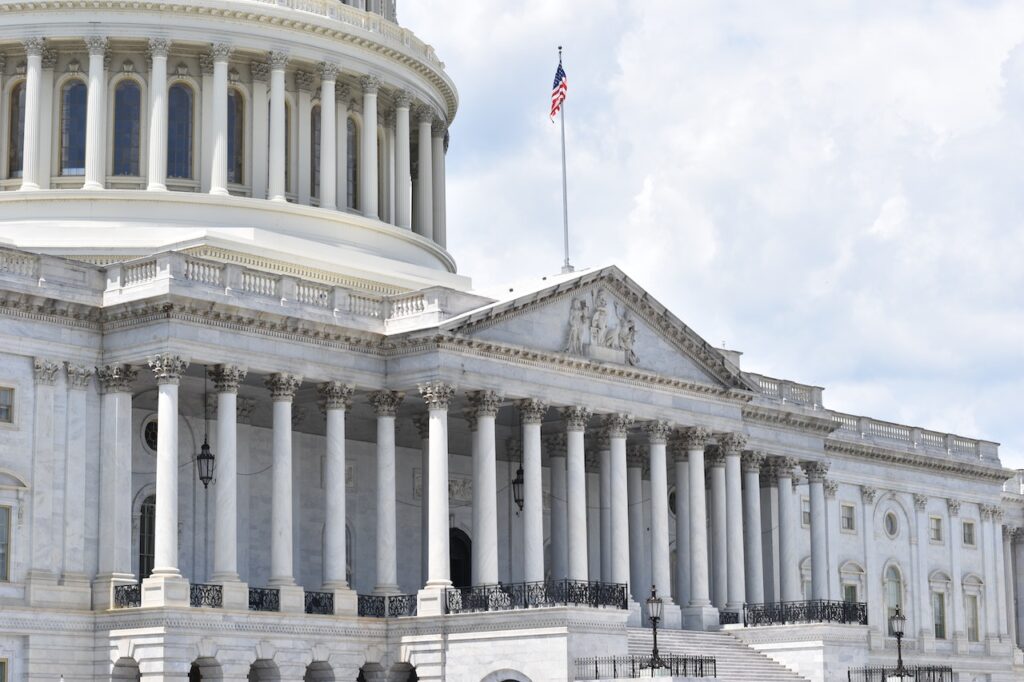The U.S. Department of Health & Human Services has set its sights on the long-term expansion of value-based reimbursement, as well as advancing health equity. Going forward, this could mean greater collaboration with private-sector payers and providers.
Also on the table is the question of how to meet the needs of Medicare beneficiaries who increasingly seek to receive care in their homes, according to Center for Medicare & Medicaid Innovation (CMMI) Director Elizabeth Fowler.
“In our minds, what we define as an ideal health system is one that achieves equitable outcomes through high quality, affordable person-centered care,” Fowler said at the recent HLTH Conference in Las Vegas. “For patients, that means receiving care in the home if that’s where you want to be. It means a better care experience. It means better outcomes, and it means equitable access, no matter where you live with a real focus on underserved communities, whether that be in rural areas, or historically disadvantaged areas.”
During her remarks, Fowler referenced CMMI’s refreshed strategy for developing new payment models and its associated objectives, including the alignment of all Medicare beneficiaries in accountable care relationships with providers that are responsible for the total cost of care and achieving quality benchmarks.
Shortly after announcing this strategic direction, the agency unveiled the Accountable Care Organization Realizing Equity, Access and Community Health (ACO REACH) program to replace the Global and Professional Direct Contracting (GPDC) model, effective Jan. 1, 2023.
While most individual hospice companies are unlikely to participate directly in ACO REACH, they can contract with ACOs through a preferred provider network. If effectively structured, these arrangements can bring hospices a number of advantages, such as flexible contracting options, opportunities for clinical collaboration, shared savings arrangements, and enhanced care delivery options.
The program’s design reflects CMMI’s new emphasis on health equity. Participating entities must develop an equity plan that identifies health disparities that could affect their patient population as well as action items to address those concerns.
ACO REACH also institutes a health equity benchmark adjustment for payments to ACOs serving higher numbers of underserved beneficiaries. CMS will identify these providers using statistical manuals such as Area Deprivation Index and Dual Medicaid Status.
CMMI is also incorporating health equity into some of its existing payment model demonstrations, including the hospice component of the value-based insurance design (VBID) demonstration. HHS indicated that VBID participants will implement strategies to advance health equity across all aspects of their participation.
“The Innovation Center is embedding health equity into all of our models, and that includes a requirement to develop a plan to identify disparities in their populations and how they’re going to address it,” Fowler said at HLTH. “It means collection of data on race and ethnicity and social determinants of health and being able to connect patients to hopefully community-based services that meet their needs. It also means payment structures. So we’re looking at adjusting payments based on incentives that would drive providers to focus on underserved populations.”
But payment model development is only one of several tactics that the U.S. Centers for Medicare & Medicaid Services (CMS) will employ to help move the needle on health equity and pursue its goals of reducing costs and improving outcomes.
The agency also plans to leverage partnerships with the private sector — payers, health care providers, tech firms and vendors — to effect system-wide change, CMS Administrator Chiquita Brooks-LaSure told the crowd at HLTH.
But this level of coordination will involve a learning curve on both sides, according to Brooks-LaSure.
“I’m amazed at how little the public and private sector really understand each other when it comes to meeting health care needs,” Brooks-LaSure said. “People on both sides aren’t really speaking the same language or understanding where those on the other side are coming from. So it’s really important for us at CMS to understand the challenges and opportunities of partnering with the private sector.”



